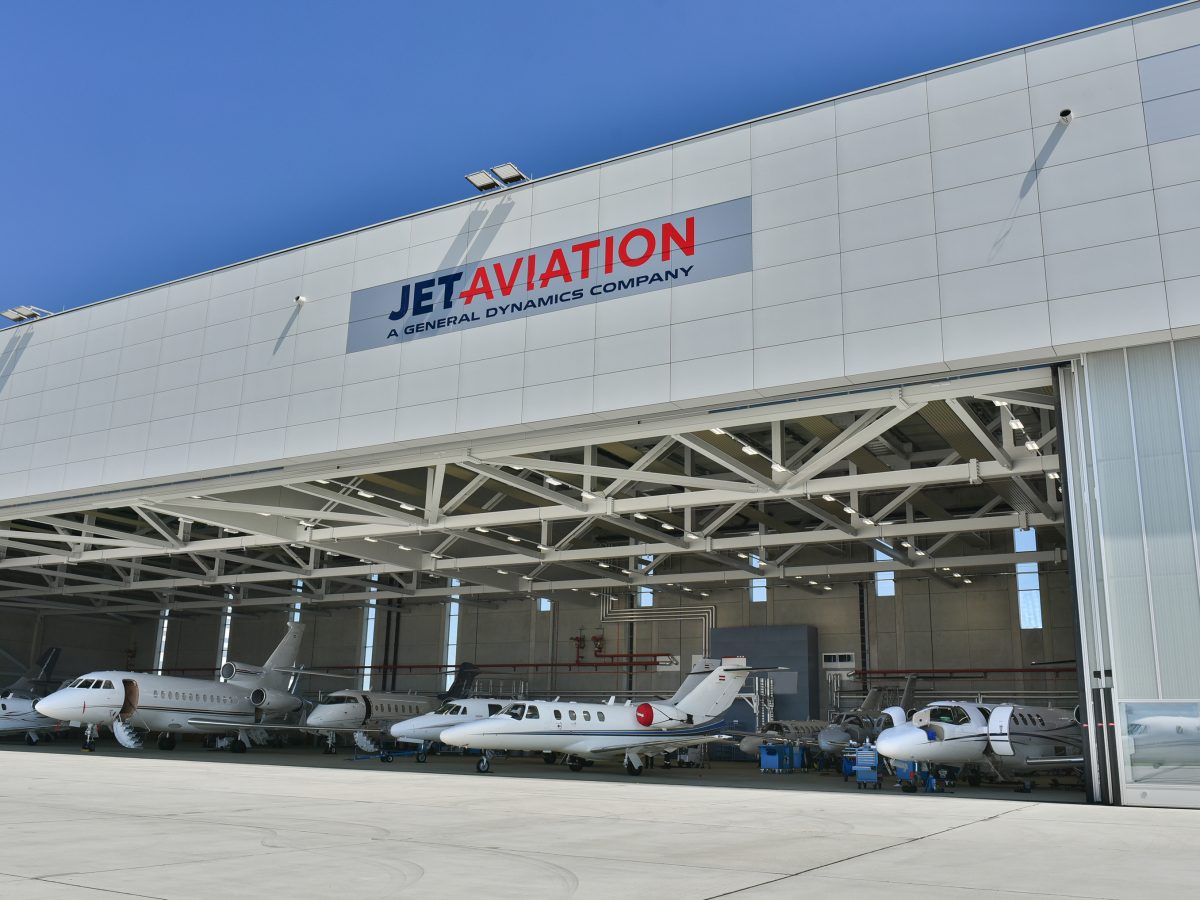
Aviation infrastructure plays a crucial role in connecting people and goods across the globe. But what exactly makes up this complex network? Aviation infrastructure includes airports, air traffic control systems, and the various technologies that ensure safe and efficient travel. From the runways that accommodate massive aircraft to the radar systems guiding planes through the skies, each component is vital. Ever wondered how many airports exist worldwide or what it takes to keep them running smoothly? Understanding aviation infrastructure helps us appreciate the intricate systems that make air travel possible. Let's dive into 18 fascinating facts that highlight the importance and complexity of this essential industry.
Key Takeaways:
- Aviation infrastructure has evolved from simple airstrips to high-tech airports, making air travel safer and more efficient. From radar to green practices, it's a fascinating journey!
- The future of aviation infrastructure looks promising with electric aircraft, urban air mobility, and smart airports on the horizon. Exciting innovations are set to transform air travel!
The Evolution of Aviation Infrastructure
Aviation infrastructure has come a long way since the early days of flight. From simple airstrips to complex international airports, the journey has been fascinating.
-
The first airport was built in 1909 in College Park, Maryland, USA. It still operates today, making it the world's oldest continuously operating airport.
-
Chicago O'Hare International Airport was once an aircraft manufacturing plant during World War II. It was converted to a commercial airport in 1949.
-
The world's busiest airport by passenger numbers is Hartsfield-Jackson Atlanta International Airport. It has held this title since 1998.
Technological Advancements in Aviation
Technology has played a crucial role in shaping modern aviation infrastructure. Innovations have made air travel safer, faster, and more efficient.
-
The introduction of radar in the 1940s revolutionized air traffic control, allowing for safer and more efficient flight paths.
-
Modern airports use advanced baggage handling systems that can process thousands of bags per hour. These systems use barcodes and RFID tags to track luggage.
-
Automated check-in kiosks have reduced wait times and improved passenger experience. These kiosks allow travelers to check in, print boarding passes, and even tag their own bags.
Environmental Impact and Sustainability
As air travel grows, so does its environmental footprint. Efforts are being made to make aviation more sustainable.
-
Many airports are now incorporating green building practices. Denver International Airport has one of the largest solar farms of any airport in the world.
-
Biofuels are being tested as a sustainable alternative to traditional jet fuel. Airlines like KLM and United have already conducted successful test flights using biofuels.
-
Noise pollution is a significant concern for communities near airports. Modern aircraft are designed to be quieter, and some airports have implemented noise abatement procedures.
Economic Contributions of Aviation
Aviation infrastructure is not just about travel; it also has a significant economic impact.
-
The aviation industry supports over 65 million jobs worldwide. This includes jobs in airlines, airports, and related industries.
-
Airports often serve as economic hubs for their regions. For example, Dubai International Airport contributes over $26 billion to the UAE's economy annually.
-
Cargo flights are a critical part of global trade. Airports like Memphis International Airport specialize in cargo, handling millions of tons of goods each year.
Safety and Security Measures
Safety and security are paramount in aviation. Numerous measures are in place to protect passengers and staff.
-
The introduction of the Transportation Security Administration (TSA) in the USA after 9/11 significantly changed airport security protocols. Enhanced screening processes were implemented.
-
Modern aircraft are equipped with advanced safety features like collision avoidance systems and automated landing capabilities.
-
Airports have extensive emergency response plans. These plans include coordination with local fire departments, hospitals, and law enforcement agencies.
Future of Aviation Infrastructure
The future holds exciting possibilities for aviation infrastructure. Innovations and new technologies promise to transform air travel.
-
Electric aircraft are being developed as a more sustainable option. Companies like Airbus and Boeing are investing in electric propulsion technology.
-
Urban air mobility, including flying taxis, is on the horizon. Companies like Uber and Volocopter are working on making this a reality.
-
Smart airports are becoming more common. These airports use IoT (Internet of Things) technology to improve efficiency and passenger experience, from automated check-ins to real-time flight updates.
The Final Descent
Aviation infrastructure plays a crucial role in keeping the skies safe and efficient. From runways to control towers, each component ensures smooth operations. Understanding these elements helps appreciate the complexity behind every flight.
Airports aren't just places to catch flights; they're hubs of activity, supporting global travel and commerce. Runway design, air traffic control, and maintenance facilities all contribute to the seamless experience passengers often take for granted.
Next time you board a plane, think about the intricate network working tirelessly behind the scenes. It's a marvel of modern engineering and coordination.
By knowing these facts, you're better equipped to understand the aviation world. Whether you're a frequent flyer or just curious, these insights offer a deeper appreciation for the industry. Safe travels!
Frequently Asked Questions
Was this page helpful?
Our commitment to delivering trustworthy and engaging content is at the heart of what we do. Each fact on our site is contributed by real users like you, bringing a wealth of diverse insights and information. To ensure the highest standards of accuracy and reliability, our dedicated editors meticulously review each submission. This process guarantees that the facts we share are not only fascinating but also credible. Trust in our commitment to quality and authenticity as you explore and learn with us.


